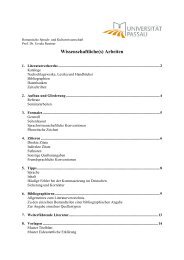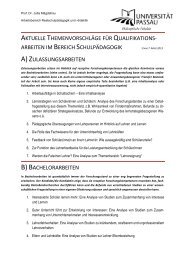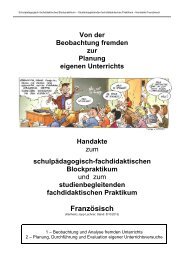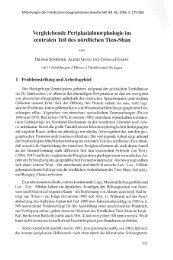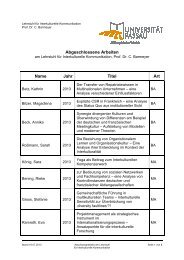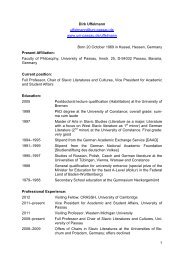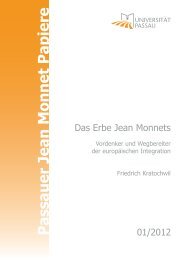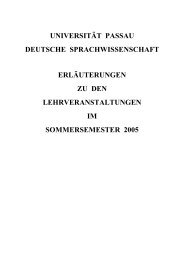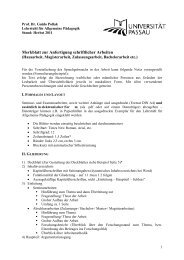The attempt to adopt a mixed-member proportional election system ...
The attempt to adopt a mixed-member proportional election system ...
The attempt to adopt a mixed-member proportional election system ...
Create successful ePaper yourself
Turn your PDF publications into a flip-book with our unique Google optimized e-Paper software.
13<br />
Still, it was obvious that the competing camps in the CDC did not have “the same understanding.”<br />
Unexpectedly, however, this did not only concern the two main models<br />
of <strong>election</strong> <strong>system</strong>s—MMM and MMP—but also the question of what actually had<br />
been decided when they voted on the <strong>election</strong> <strong>system</strong> in their 26th meeting on April<br />
10 in Bang Saen. This vote was of particular importance, because it determined the<br />
content of the draft constitution, and therefore the stipulations about which the views<br />
would be sought in the subsequent period of public hearings. That there was indeed a<br />
problem became apparent—and resulted in a debate of confused CDC <strong>member</strong>s—<br />
only in their 35th meeting more than six weeks later, when the CDC returned <strong>to</strong> its<br />
debate of the <strong>election</strong> <strong>system</strong> after the public hearing phase of the draft constitution<br />
had been concluded.<br />
Thus, the question arises how the options that the CDC <strong>member</strong>s had <strong>to</strong> vote on<br />
at their retreat in Bang Saen were framed. In turn, these options involved concepts<br />
that denoted their key characteristics. In meeting No. 26 of April 10, 2007, Nakharin<br />
Mektrairat (a proponent of MMM), recalled the CDC’s informal retreat in Cha-am<br />
(March 5-10) saying that it had been clear at that time that his group “did not want the<br />
Party list [English in the original] <strong>system</strong>. We wanted the <strong>proportional</strong> <strong>system</strong>” (CDC<br />
26:10). In Nakharin’s view, the word “party list” denoted the national-level lists with<br />
a five-percent threshold that were introduced by the 1997 constitution, and used in the<br />
<strong>election</strong>s of 2001 and 2005. His use of “<strong>proportional</strong> <strong>system</strong>,” on the other hand, denoted<br />
a number of regional party lists without any threshold. Just before the sentence<br />
quoted above, Nakharin had said, “I was in the minority that wanted <strong>to</strong> keep the <strong>proportional</strong><br />
<strong>system</strong> in the <strong>election</strong>.” What he meant was that his group had rejected the<br />
initial idea of sub-committee two <strong>to</strong> have an <strong>election</strong> <strong>system</strong> with only 400 constituency<br />
MPs, that is, without any party-list or <strong>proportional</strong> component. Rather, Nakharin’s<br />
group wanted <strong>to</strong> keep the <strong>proportional</strong> element of the previous segmented MMM<br />
<strong>election</strong> <strong>system</strong>, in parallel with the constituency MP component, but in revised form.<br />
Looking at the German-style <strong>mixed</strong>-<strong>member</strong> <strong>proportional</strong> <strong>system</strong> as proposed by<br />
Krirkkiat, Nakharin pointed out,<br />
Thais have not been used <strong>to</strong> this. If we really use this <strong>system</strong>, it would be<br />
<strong>to</strong>o complicated. … <strong>The</strong> <strong>mixed</strong> <strong>system</strong> means that we should have a number<br />
of constituency MPs, and a number of <strong>proportional</strong> MPs. (CDC 26:11)




